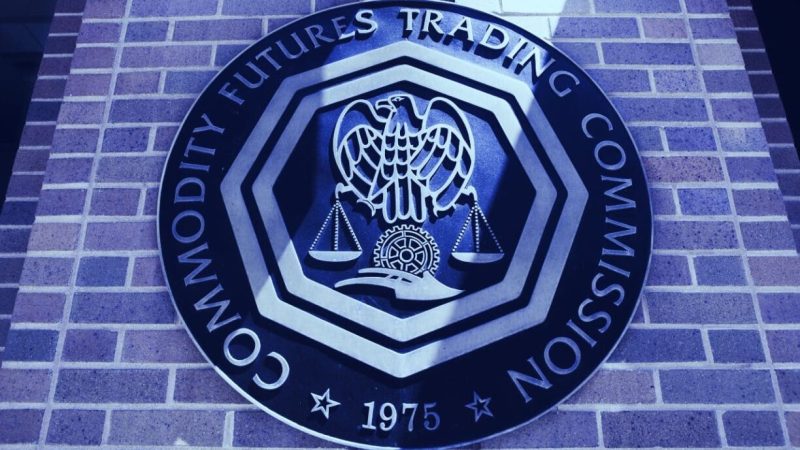Revolut Enters Stablecoin Race: New Challenger to PayPal, Ripple, and BitGo

With more than $150 billion in assets such as Tether’s USDT, Circle’s USDC, and others like fiat-pegged tokens, stablecoins are already a huge part of the crypto market and Revolut decided to take the piece of the pie.
Still growing in use, and now Revolut is gearing up to join the likes of PayPal in launching its own stablecoin.
Revolut Joins Stablecoin Race as Demand Soars Despite Risks
Revolut, which won a UK banking license in July and was valued at $45 billion earlier this year, is well-advanced in the development of its own stablecoin.
According to a Revolut spokesperson:
“We are looking to expand our cryptocurrency offering but as a licensed financial institution, we take a compliance-first approach. Our goal is to make Revolut a trusted and secure platform for the entire crypto community.”.
One recent study from the Centre for Economics and Business Research and BVNK found that in 17 countries, businesses and consumers alike are paying a premium to procure stablecoins-5% over the normal US dollar rate, on average.
In some countries, like Argentina, that premium could be as high as 30%. Premiums paid by these countries are expected to reach almost $5 billion this year, swelling to as much as $25 billion by 2027, which would suggest a developing thirst for stablecoins.
But stablecoins aren’t without their controversies, either. Chainalysis said nearly 75% of all crypto scam transactions last year involved stablecoins, and more than 80% of payments sent to sanctioned entities were made in the tokens.
However, recently, it was said that Tether (USDT) may be the biggest obstacle standing on the path of the BRICS Group in its effort to contest the hegemony of the United States Dollar.
Why Everyone Wants a Piece of the Stablecoin Pie?
Why such a growing demand for stablecoins? According to a recent YouGov survey, commissioned by Visa and other partners, which polled 500 cryptocurrency users across five emerging markets, stablecoins-most of them pegged to the US dollar-are turning out to be a central application in the crypto space.
Of the respondents, 47% said their main use for stablecoins was access to US dollars, 43% cited better currency conversion rates (presumably to US dollars), and 32% pointed to cross-border payments, again presumably involving the dollar.
Currently, international money transfer is powered by a traditional banking system that is secure but expensive. Systems like SWIFT bifurcate messaging about the transaction from actual movement of money—via systems like Fedwire—and this must be reconciled, and inefficiencies occur.
The excitement of moving money natively over the internet isn’t around an ideal but rather cost-savings potential. This is partly why institutions like JPMorgan Chase have created their own blockchain and issued programmable digital dollars. It is a clever move because, in financial services, regulation lets the established players use scale and influence to slow down disruption while they ready their own innovations. Maybe the fact that the bank is reeling in heavy credit card debts has contributed to such ideas.
The post Revolut Enters Stablecoin Race: New Challenger to PayPal, Ripple, and BitGo appeared first on CoinGape.






